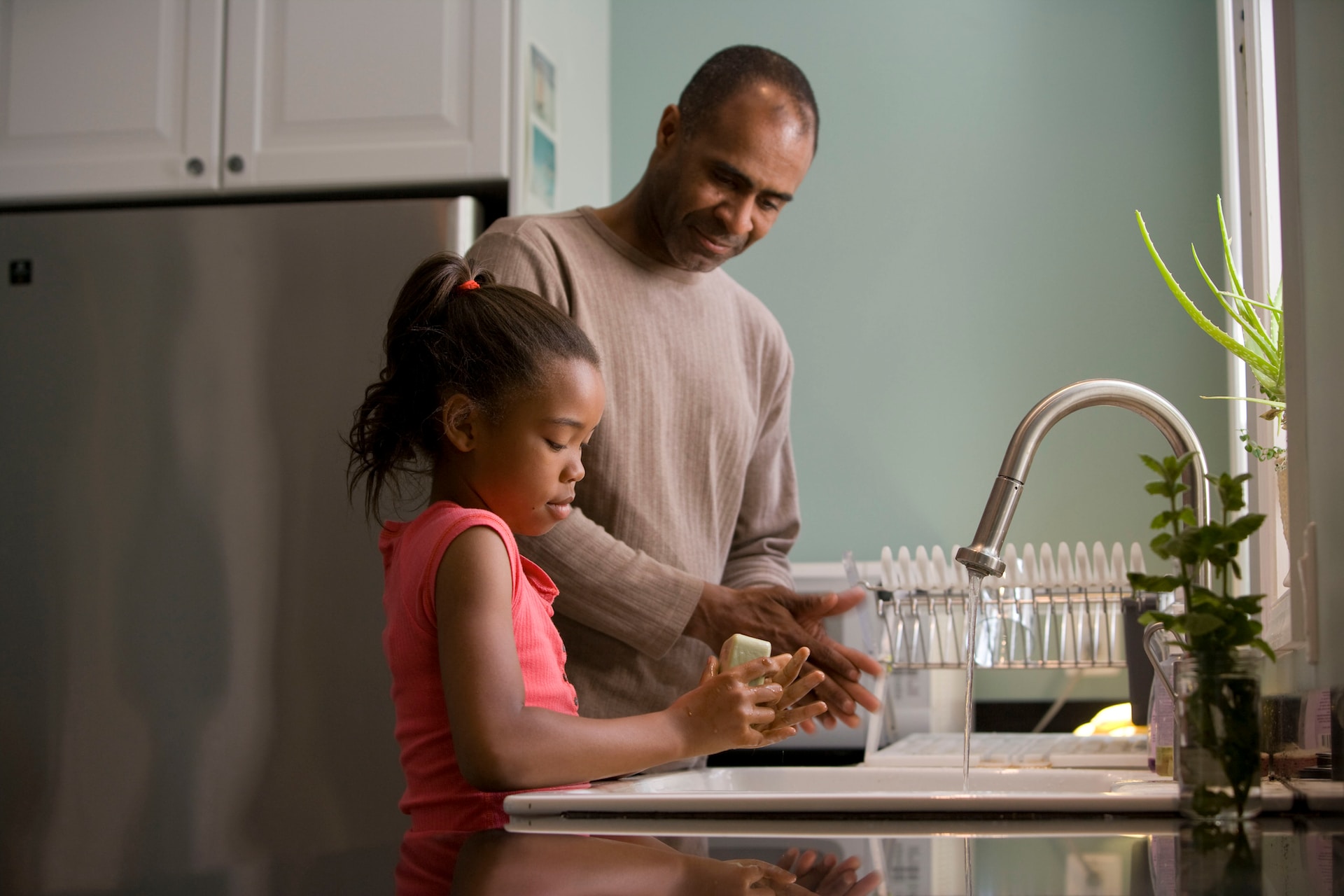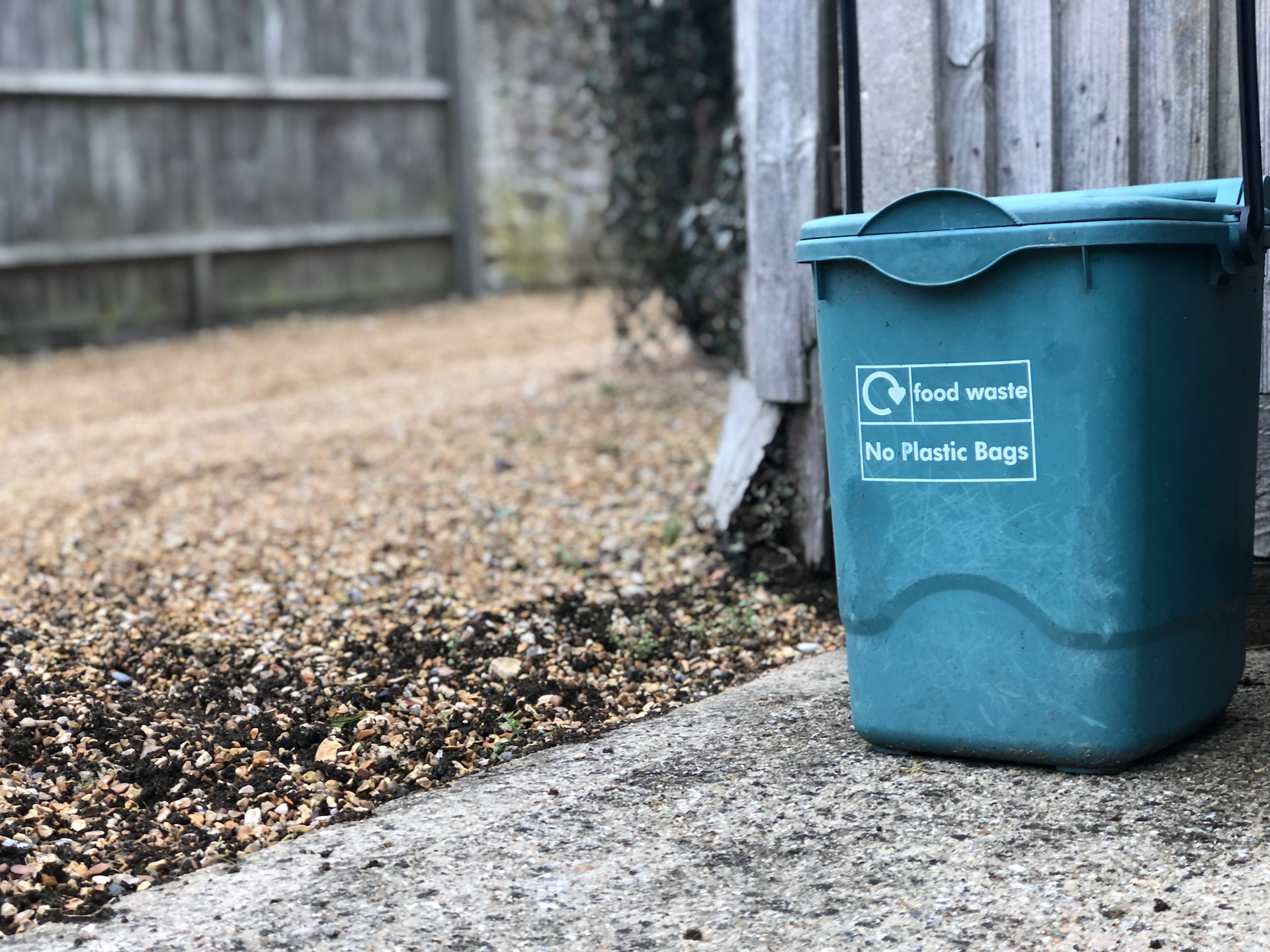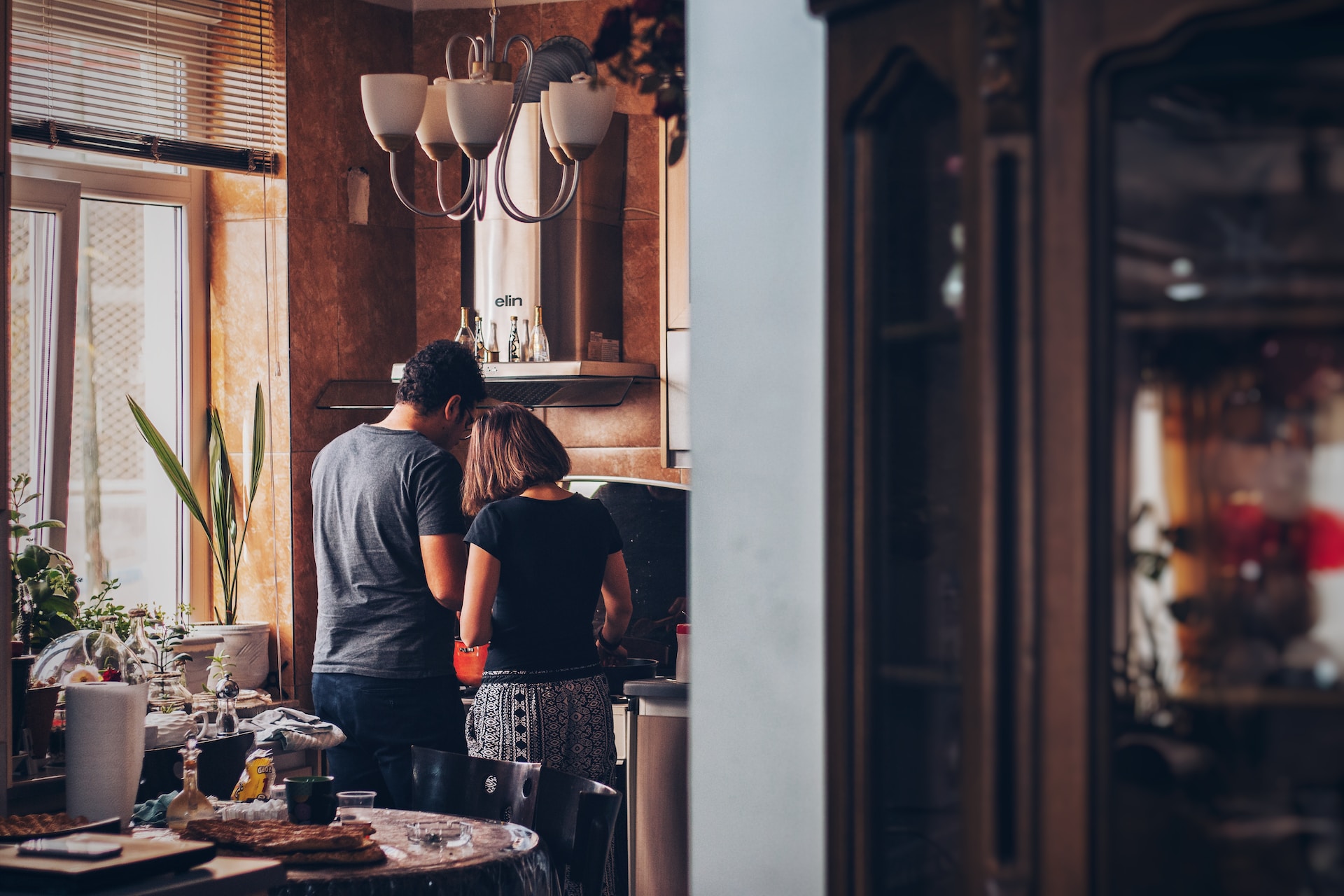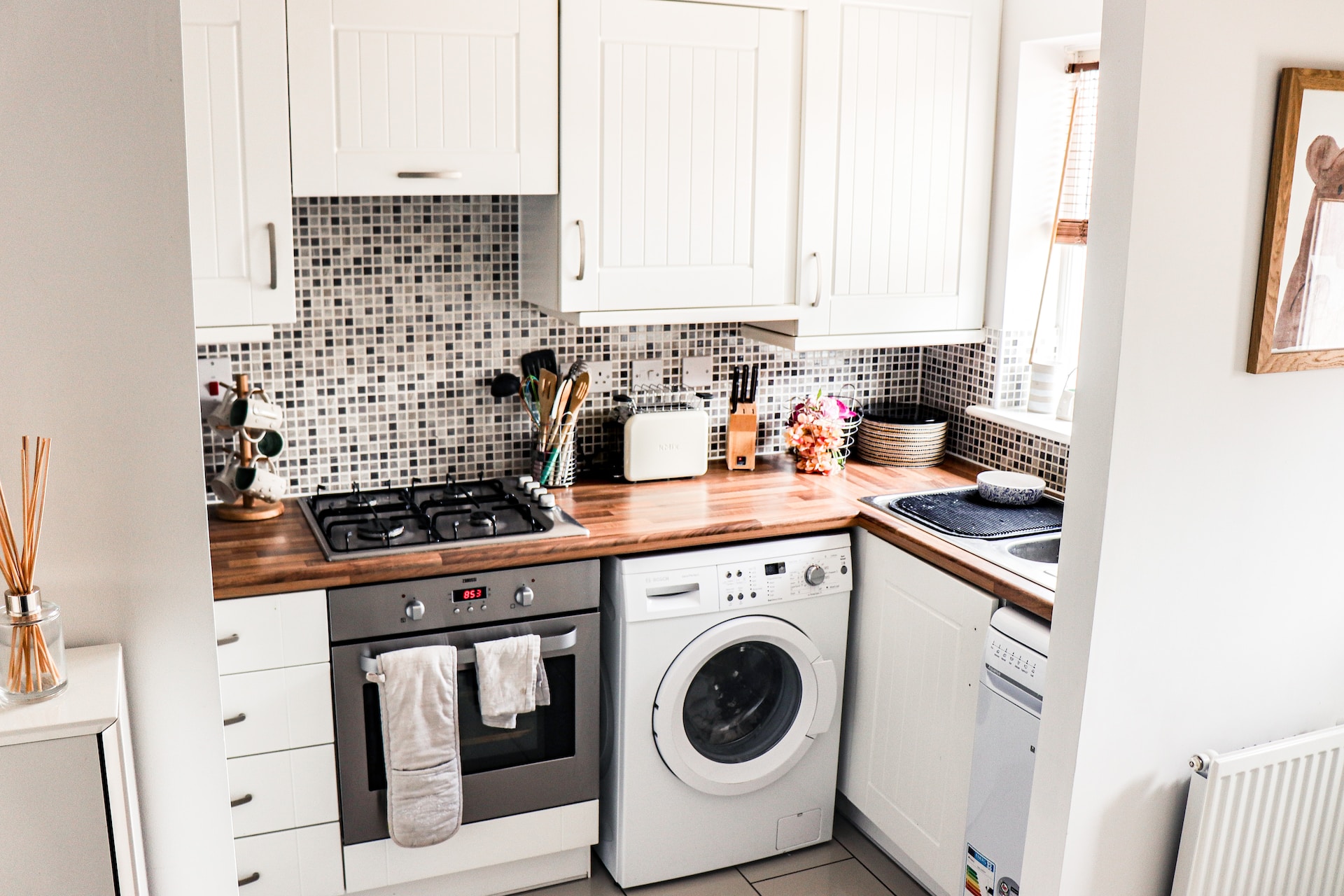As concerns about climate change and environmental sustainability continue to grow, more and more people are looking for ways to reduce their carbon footprint and make their homes more energy-efficient. One important area where this can be achieved is through eco-friendly lighting practices. In this article, we will be exploring the benefits of using energy-efficient lighting, the impact of lighting choices on home resale value, and the latest innovations in eco-friendly lighting technology. We will also be sharing expert advice on how homeowners can incorporate natural lighting, landscaping, and energy-efficient appliances into their homes for a more sustainable solution.
Illuminating savings: How green lighting can impact home insurance
In the pursuit of energy-efficient home lighting and eco-friendly practices, many homeowners are making the switch to green lighting solutions such as LED and CFL bulbs. While the environmental and cost-saving benefits of these choices are well-known, it’s essential to consider how such changes can also impact your home insurance.
Green lighting and home safety
One of the key reasons insurance providers may look favorably upon energy-efficient lighting choices is their enhanced safety features. LED and CFL bulbs emit significantly less heat than traditional incandescent bulbs, reducing the risk of fire hazards. Insurance companies often consider the overall safety measures implemented in a home when determining coverage and premiums. By investing in green lighting, homeowners can mitigate potential risks and create a safer living environment.
Reduced fire risk
Traditional incandescent bulbs can become hot enough to cause nearby materials to catch fire if they come into direct contact. Green lighting alternatives, on the other hand, operate at much lower temperatures, minimizing the risk of fires caused by overheated bulbs. Insurance providers may recognize this reduced fire risk associated with green lighting choices, resulting in potential discounts on home insurance premiums.
Longevity and maintenance
Green lighting options like LED bulbs have a longer lifespan than traditional ones. This longevity can contribute to lower maintenance costs for homeowners. Insurance companies may view homes with energy-efficient lighting as better-maintained properties, potentially leading to more favorable insurance terms.
Environmental responsibility
As the world increasingly focuses on sustainability and environmental responsibility, insurance companies are adapting their policies to encourage eco-friendly practices. Some insurance providers offer discounts or incentives for homeowners who consciously try to reduce their carbon footprint. Installing energy-efficient lighting aligns with this environmental consciousness, giving homeowners an additional reason to explore green lighting options.
Consult with your insurance provider
Before making any changes to your home lighting, it’s advisable to consult with your insurance provider. They can provide specific information about how your choice of lighting may impact your coverage and premiums. Some providers may even offer discounts for specific eco-friendly upgrades, making it financially beneficial for homeowners to embrace green lighting solutions.
In our quest to provide comprehensive insights into the world of green lighting and its multifaceted impacts, we reached out to experts in the field. Professionals specializing in energy efficiency, home safety were consulted to gather valuable information and expert opinions.
What are some of the benefits of using eco-friendly lighting at home?
Using eco-friendly lighting in your home offers great benefits, both for the environment and for your personal well-being. One of the most significant benefits is that eco-friendly lighting consumes less energy, resulting in lower electricity bills and a reduction in greenhouse gas emissions. This makes it an environmentally conscious choice, as it helps to conserve resources and reduce your carbon footprint. Eco-friendly lighting options such as LED bulbs also last longer than traditional incandescent bulbs, meaning fewer replacements are necessary. LED bulbs emit less heat, making them safer and more comfortable to use. In addition, some studies have shown that exposure to natural light can improve mood, increase productivity, and regulate circadian rhythms. By choosing eco-friendly lighting, you can enjoy these benefits while also contributing to a more sustainable future.
-Cheryl | Bicycle Glass Co
How do lighting choices impact the resale value of a home?
If you’re thinking of updating your lights to freshen up your home before selling, your lighting choices can add value to your home. When choosing new lights, look for options that are on trend and flow with the design of your home. Try to choose LED fixtures or use LED bulbs in the new lights to be eco-friendly and cut down on your home’s energy costs. Also try to keep the cost of your fixtures in line with the median income of your neighborhood. If you live in a middle-class neighborhood, installing high-end expensive fixtures may look great, but you will not recoup your investment. Remember to update your exterior lighting too, swapping out the old fixtures for new lights can instantly increase your curb appeal. You will be surprised how just updating your lighting can create a new bright and inviting space to attract a buyer.
-Josie Lowry | Director at BellacorPRO
Essential tips for eco-friendly lighting
Why is it important to check your appliances when making a home energy audit?
Efficiency, checking that appliances are a. working correctly and b. rated efficiently is important before any upgrade, such as adding solar or an energy storage system, to ensure that you are making the right investment. Imagine you purchased a 10Kw solar array and battery (energy storage) system for $45k to offset your high usage due to an outdated AC unit and/or other appliances that may be consuming too much energy. Had you upgraded and modified the root source of your energy usage i.e., your appliances and electrical usage (Lights, TV’s etc.) you may have needed a system half the size, costing around $30k due to having a now efficient home. This includes air sealing, insulating, and installing LED lighting in your home as well. At Solar Optimum, we’re also energy consultants looking out for the homeowner’s best interest. We recommend that you upgrade your home to be as efficient as possible before going solar.
-Kyle Smith | General Manager at Solar Optimum
How can homeowners incorporate natural lighting into their homes for a more sustainable solution?
A light and bright home always looks and feels fresh but electricity can be costly plus it is harmful to the environment. Natural light saves energy costs and creates an inviting environment. Natural light is a wonderful way to add brightness to your space. So what can you do to add more natural light to your abode? Window size and orientation can really maximize the amount of light in your home. So if you are looking at updating your windows for more energy efficient ones, perhaps look into a larger size as well or see if you can add some windows. Skylights are another option to add more natural light to your space as well. More natural light allows for less harm to our environment and more cost effective for your household. And don’t forget – Natural light has amazing health benefits too – so let the light in!
-Kristi | KIKI INTERIORS
How do LED lights compare to other types of bulbs in terms of sustainability?
Nowadays, companies and consumers are much more environmentally conscious than they have ever been before. Therefore, many people are switching to LED light bulbs because they are energy efficient and longer-lasting. Compared to fluorescent and incandescent light bulbs, LEDs use about 75% less energy while lasting roughly 40 times longer.
LEDs are able to consume less energy since they function on lower voltage. This lower energy consumption causes less strain on electric power plants since not as much power generation is needed. Less generation means less fuel is burned, which translates to fewer pollutants being released into the air. Remarkably, 95% of the energy in LEDs is converted into light, and only 5% is wasted as heat. Whereas fluorescent lights convert 95% of energy to heat and only 5% into light.
Lastly, LEDs aren’t made with toxic materials such as mercury in fluorescent lighting. Make the switch to LED lighting and help the environment while lowering your electricity bill at the same time!
-Garrett Faden | Content Creator at Energy Ogre
What are the benefits of energy-efficient lightbulbs?
Energy-efficient light bulbs, such as LEDs and CFLs, offer numerous benefits that make them an excellent choice for homeowners.
These bulbs consume up to 75% less energy compared to traditional incandescent bulbs, leading to lower electricity bills. For instance, switching to energy-efficient lighting can save an average household about $225 annually on energy costs. Additionally, energy-efficient bulbs have a much longer lifespan. Some LED bulbs can last as long as 100,000 hours compared to the 1,200 hours typical of incandescent bulbs. This longevity means fewer replacements and reduced waste, contributing to a smaller environmental footprint.
Moreover, energy-efficient light bulbs generate less heat, which can enhance safety and reduce cooling costs in warmer months.
By choosing energy-efficient lighting, you can save money and time, and it can also help reduce greenhouse gas emissions.
Graham Lumley from BKV Energy
How do lighting controls (such as timers and motion sensors) contribute to energy efficiency?
LED bulbs are energy-efficient, to begin with, but that doesn’t mean leaving them on when they’re not needed doesn’t have an impact on our planet. Smart lighting offers easy control and can be automated to turn on and off at a specific time each day. Since smart lights use a mobile app, the timer can be adjusted as needed, especially with the change in season when sunrise and sunset changes by a few hours. Also, with properly used timers, you never have to wonder if a light was left on in the basement or another room. Finally, Sengled smart lights have an energy tracking feature in our app and support the Alexa energy dashboard for monitoring and tracking purposes as well.
-Ted | Sengled
Can eco-friendly lighting solutions be used in outdoor areas, such as patios and yards?
Absolutely! With the near-constant advancements being made in LED technology, yard lighting, walkway lighting, as well as landscape lighting are constantly becoming more affordable. In fact, it is actually possible to have a zero-electricity cost for some components because of advancements in solar. Almost any outdoor lighting these days comes in a solar/led solution that doesn’t require electricity to be connected to operate. Only sunlight. The only con is that most of the LED/Solar options may be too dim for some applications/ customer preferences, in which low voltage LED outdoor lighting is the better solution, which will still have minimal impact on an electric bill.
-Glenn Hough | ElectricSaver1200.com
What are the energy-efficient advantages of adding solar power to homes?Adding solar is an inherently energy-efficient choice because the electricity you produce is closer to home – literally! When our homes receive power from generation facilities, that power is transmitted across a vast network of powerlines. Scientists at the FSEC estimate that between 7-10% of electricity is lost just in transmission alone. With solar on your roof, those electrons are much closer to home, ensuring that you utilize all the electricity you produce.
In addition, while there is currently no data about the shading effects of solar power systems, researchers at the FSEC estimate that installing solar array shade roofs is enough to influence attic air temperatures. This extra shade reduces overall cooling loads, which is especially important for states that experience a warmer climate.
-Samantha Prue | SunFarm Energy
What role do warranties play in home renovation, and what should homeowners know about them to protect their investment?
When it comes to home renovation, warranties are an important consideration for homeowners. A warranty is a guarantee from the manufacturer or installer that the product or service will function as intended. Warranties can provide peace of mind and protect your investment in case something goes wrong. Homeowners should carefully read and understand the terms of any warranties before starting their renovation project. They should also keep all documentation related to the warranties in a safe place.
-Elizabeth Jaranbell | The Plumed Nest
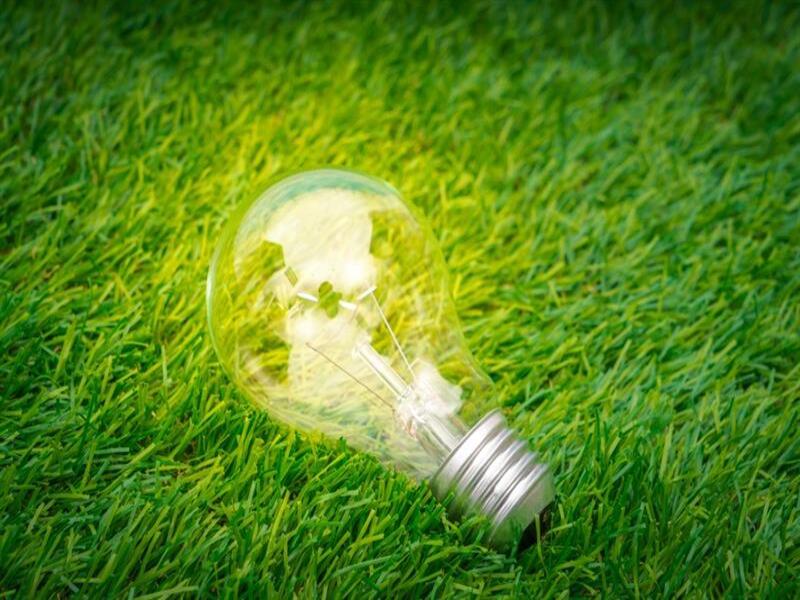
In conclusion, eco-friendly lighting practices can not only help homeowners save money on their electricity bills, but they can also have a significant impact on the environment. By incorporating energy-efficient lighting solutions into their homes, homeowners can reduce their carbon footprint and contribute to a more sustainable future. Whether it’s through the use of LED lights, solar-powered lighting, or smart home technologies, there are a variety of innovative ways to go green with lighting at home. By following the expert advice provided in this article, homeowners can make informed decisions about their lighting choices and create an eco-friendlier and energy-efficient home.

